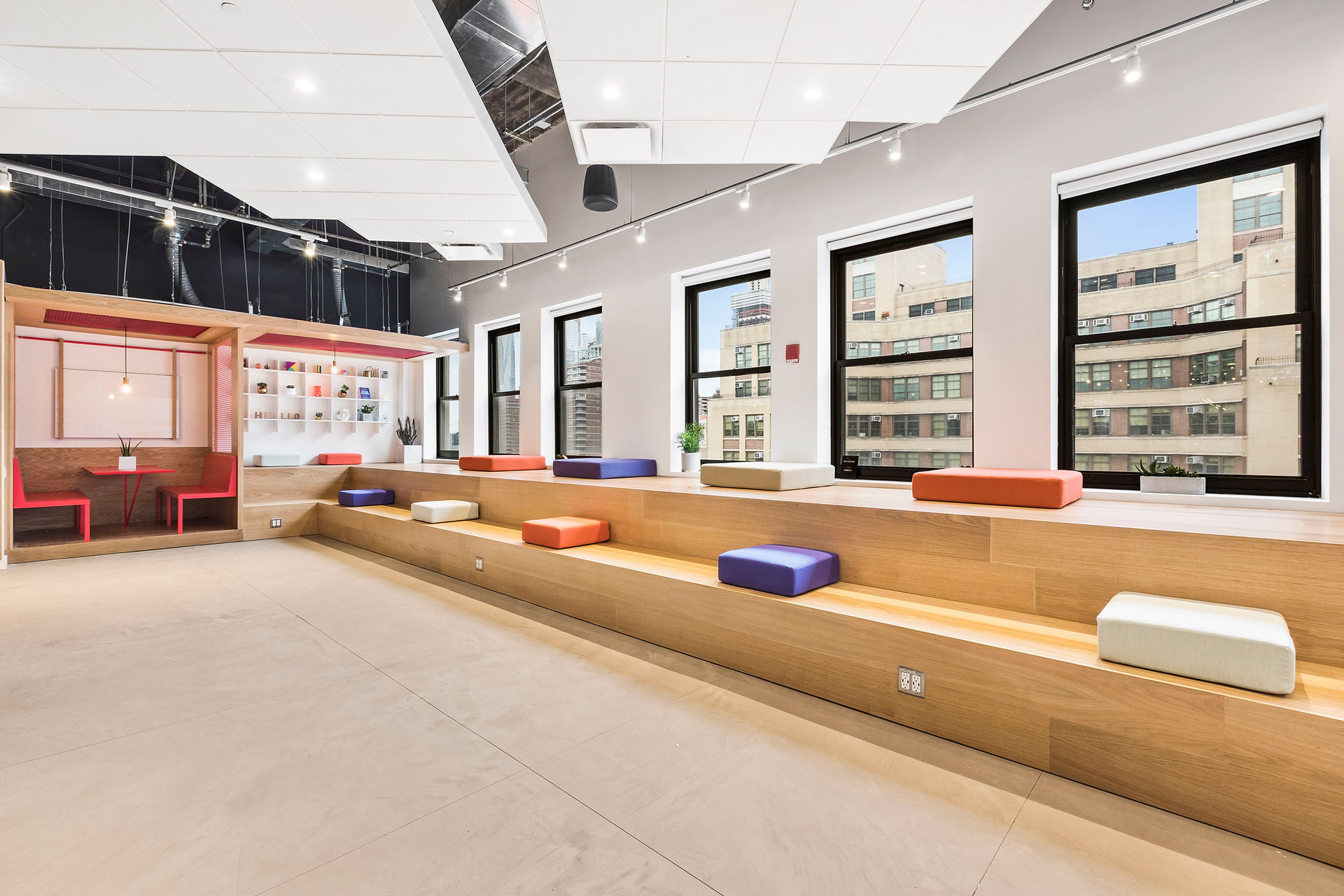Augmented Reality and Web Design: Shaping the Future of User Interaction
- Gurpriya Kaur
- Jul 31, 2023
- 3 min read
Introduction
In the rapidly evolving landscape of web design, one technology stands out as a game-changer in the way users interact with digital content - Augmented Reality (AR). Augmented Reality merges the virtual world with the real world, enriching user experiences and offering new possibilities for businesses and consumers alike. As we delve into 2023, it is evident that AR is becoming an integral part of web design, propelling it towards a future where interactions are more immersive, engaging, and seamless. In this blog post, we will explore how Augmented Reality is shaping the future of user interaction, its applications in web design, and the potential it holds for businesses.
1. Understanding Augmented Reality
Before diving into its applications, let's grasp the essence of Augmented Reality. AR is a technology that overlays computer-generated content onto the user's view of the real world. Unlike Virtual Reality (VR), which creates a wholly simulated environment, AR enhances the existing reality. It does so by employing various technologies such as cameras, sensors, and advanced algorithms to detect and track real-world objects, enabling digital elements to interact with the physical world seamlessly.
2. The Rise of AR in Web Design
In recent years, AR has gained significant momentum in various industries, and web design is no exception. The growing popularity of AR-capable smartphones, tablets, and wearable devices has paved the way for integrating AR experiences into websites and applications. The key drivers behind the rise of AR in web design include:
a) Enhanced User Engagement: AR offers unparalleled levels of interactivity, captivating users and encouraging them to explore digital content in novel ways.
b) Personalization: AR allows websites to deliver personalized experiences by tailoring content based on users' physical locations, preferences, and behaviors.
c) Storytelling and Branding: AR enables brands to convey their narratives in unique and immersive ways, forging deeper connections with their audience.
d) Seamless Integration: With the advancement of AR development frameworks and tools, integrating AR elements into websites has become more accessible for designers and developers.

3. Augmented Reality Applications in Web Design
Let's explore some exciting and practical applications of Augmented Reality in web design:
a) Virtual Try-On: E-commerce websites can empower customers to try on virtual products, such as clothing, accessories, and even furniture, before making a purchase decision.
b) AR Product Demonstrations: Companies can showcase their products and services through interactive AR demonstrations, allowing users to explore products from every angle.
c) AR Navigation: Integrating AR-based indoor navigation systems into websites can help users easily find their way through large spaces, such as malls, airports, or museums.
d) Interactive AR Storytelling: Content creators can craft compelling narratives using AR elements, immersing users in interactive stories and educational experiences.
e) AR Gamification: Websites can incorporate AR-based games and quizzes to boost engagement and provide users with entertaining experiences.
f) AR Marketing Campaigns: Brands can launch innovative marketing campaigns using AR, encouraging users to participate and share their experiences on social media.
4. User Experience and Design Challenges
While AR brings incredible possibilities, designers must address specific challenges to ensure a seamless user experience:
a) Performance: AR applications demand significant processing power, and designers must optimize content to ensure smooth and fast interactions.
b) User Interface Design: Crafting intuitive AR user interfaces is crucial for users to navigate and interact effortlessly with digital content.
c) Cross-Platform Compatibility: AR experiences should be accessible across various devices and browsers to cater to a broader audience.
d) Content Quality: High-quality 3D models and animations are vital for delivering immersive AR experiences.

5. Benefits for Businesses
The integration of AR into web design offers a myriad of benefits for businesses:
a) Increased Engagement and Conversions: AR captivates users, keeping them on websites for longer periods, leading to higher chances of conversion.
b) Enhanced Brand Perception: Brands that utilize AR convey innovation and a forward-thinking approach, elevating their image among consumers.
c) Data Insights: AR interactions can provide businesses with valuable data on user behavior and preferences, enabling them to make informed decisions.
d) Competitive Edge: Early adopters of AR in web design gain a competitive advantage by standing out from competitors and leaving a lasting impression on visitors.
6. Future Prospects and Conclusion
As we look ahead, it is evident that Augmented Reality will continue to revolutionize web design and user interaction. The technology will only improve, becoming more seamless, powerful, and accessible. Websites will become more than just information repositories, transforming into interactive platforms that bridge the gap between the virtual and real worlds.

Conclusion
In conclusion, AR is reshaping the future of web design by offering enhanced user experiences, innovative branding opportunities, and a competitive edge for businesses. Embracing Augmented Reality in web design is not just a trend but a strategic move towards staying relevant in the digital age. As designers and businesses seize the potential of AR, we can expect a web landscape that is more immersive, engaging, and personalized than ever before. The time to harness the power of AR in web design is now, and those who do so will undoubtedly shape the future of user interaction.
Gurpriya Kaur.

Comments